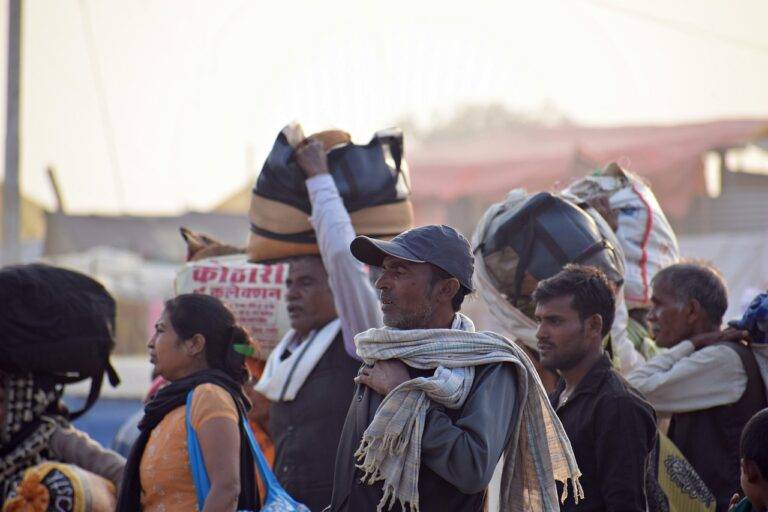Understanding the Role of Political Pollsters
Political polling traces its origins back to the early 20th century, as a means to gauge public opinion on political candidates and issues. One of the earliest known instances of political polling in the United States dates back to 1824 when a newspaper conducted a straw poll to predict the outcome of the presidential election.
However, it was not until the 1930s that polling began to gain widespread attention and acceptance as a reliable method for predicting election outcomes. George Gallup is often credited with popularizing political polling through his innovative methods and accurate predictions during the presidential election of 1936. Since then, political polling has become a standard practice in tracking voter sentiment and forecasting election results.
The Purpose of Political Polls
Political polls are instrumental in providing insights into public opinion on various political issues and candidates. They serve as a tool for electoral analysis and gauge the preferences of voters, allowing political parties and candidates to tailor their strategies accordingly. By tracking trends and sentiments, political polls help in understanding the pulse of the electorate and predicting electoral outcomes.
Moreover, political polls play a crucial role in shaping media coverage and influencing public perception. They generate discussions, debates, and narratives that drive the political discourse during election cycles. As a result, political polls not only inform the public but also impact the decisions made by policymakers, candidates, and other stakeholders involved in the political process.
The Methodology Behind Political Polls
When conducting political polls, various methodologies are employed to ensure accurate and reliable results. One common approach is the use of random sampling, where survey participants are selected randomly from the population being studied. This helps to eliminate bias and provide a representative sample of the electorate.
Additionally, pollsters often use different modes of data collection, such as telephone surveys, online polls, or in-person interviews, to reach a diverse range of respondents. By incorporating a mix of methods, pollsters can mitigate potential sources of error and improve the overall quality of the data collected.





